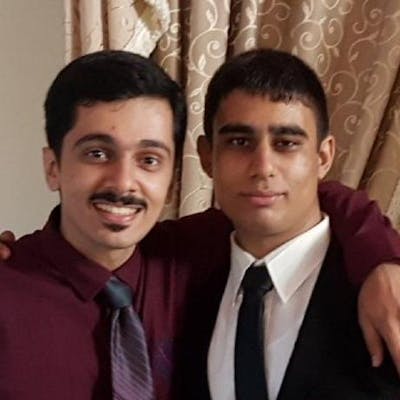Microsoft Orleans: A Framework for Building Scalable and Reliable IoT Applications
In this blog post, I will introduce Microsoft Orleans and the Vector actor model, two technologies that enable building scalable and resilient distributed applications. I will focus on how they can be used for Internet of Things (IoT) scenarios, but also mention some other use cases. I will also show where Microsoft uses Orleans internally for some of its cloud services.
Microsoft Orleans is a cross-platform framework for building robust, scalable distributed applications. Distributed applications are defined as apps that span more than a single process, often beyond hardware boundaries using peer-to-peer communication. Orleans scales from a single on-premises server to hundreds to thousands of distributed, highly available applications in the cloud.
The vector actor model is an extension of the actor model that introduces vector clocks to enable causal consistency among actors. Vector clocks are logical timestamps that track the causal relationships between events in a distributed system. Causal consistency ensures that events that are causally related are seen in the same order by all actors, while events that are concurrent may be seen in different orders by different actors
It can be implemented on top of Orleans by using vector clocks to annotate messages and state updates among grains. This allows grains to reason about the causal order of events and resolve conflicts when they occur. The vector actor model can improve the performance and scalability of distributed applications by reducing the need for global synchronization or consensus protocols.
This model is especially useful for IoT scenarios where devices may have intermittent connectivity or operate under different network conditions. By using vector clocks, IoT devices can exchange messages and state updates with each other or with cloud services without worrying about network delays or partitions. The model can also enable offline operation and local decision-making for IoT devices when they are disconnected from the cloud.
Some examples of IoT applications that can benefit from vector actor model are smart home systems (where devices can coordinate their actions based on local events), smart grid systems (where devices can balance power consumption and generation based on demand and supply), and smart city systems (where devices can optimize traffic flow and public safety based on real-time data).
Orleans is based on the actor model, a programming model in which each actor is a lightweight, concurrent, immutable object that encapsulates a piece of state and corresponding behavior. Actors communicate exclusively with each other using asynchronous messages. Orleans notably invented the Virtual Actor abstraction, wherein actors exist perpetually. Virtual actors are represented as Orleans grains.
A grain is the basic unit of computation and distribution in Orleans. Grains are isolated from each other and can only communicate through well-defined interfaces using messages. Grains can have persistent state that is automatically saved to a storage provider of choice. Grains are also automatically distributed and balanced across a cluster of servers called silos. Silos are processes that host grains and form an Orleans cluster.
Orleans simplifies the complexities of distributed application development by providing a common set of patterns and APIs. Developers familiar with single-server application development can easily transition to building resilient, scalable cloud-native services and other distributed applications using Orleans. For example, Orleans provides built-in support for concurrency control, fault tolerance, elastic scalability, location transparency, and distributed transactions.
Orleans has been used heavily by a number of high-scale cloud services at Microsoft, starting with cloud services for the Halo franchise running in production in Microsoft Azure since 2011. Some other examples of Microsoft services that use Orleans are Azure PlayFab (a platform for building online games), Skype (a communication service), Azure IoT Hub (a service for connecting and managing IoT devices), Azure Digital Twins (a service for creating digital models of physical environments), and Project Bonsai (a service for building autonomous industrial control systems).
To make a long story short, Microsoft Orleans and Vector actor model are two powerful technologies that enable building scalable and resilient distributed applications. They are particularly suitable for IoT scenarios where devices need to communicate and cooperate with each other or with cloud services under varying network conditions. They also offer a simple and intuitive programming model that abstracts away the complexities of distributed systems development.
Also, I want to thank Bing for creating the post image.

